6 Minutes
Why some great TV shows need a second season
Not every hit series arrives fully formed. For many of the most enduring TV shows, the pilot season is a laboratory: writers find a tone, actors explore their characters, and networks decide whether to invest in a retool. When a show’s first season underwhelms, a thoughtful second season can feel like a rescue operation — sharpening characters, altering pacing, and sometimes changing the creative guard. Below are six celebrated series that learned to thrive only after being given a second chance.
The Office — From British pastiche to a distinct American comedy
What went wrong in season one
The American The Office (2005) arrived with heavy debts to Ricky Gervais and Stephen Merchant’s British original. Early episodes leaned toward dry, cringe-heavy humor that felt transplanted rather than translated. Critics and viewers found the characters too derivative and the tone too reserved for mainstream U.S. audiences.
What changed in season two
Season two loosened the show’s grip on its source material. Writers and performers deepened the ensemble, letting Michael Scott become more painfully endearing and expanding Jim, Pam, and Dwight into memorable personalities in their own right. The result: a sitcom that balanced embarrassing humor with genuine warmth — and eventually became an American classic. Comparatively, it follows the familiar pattern of remakes that only find their voice once they stop copying the original.
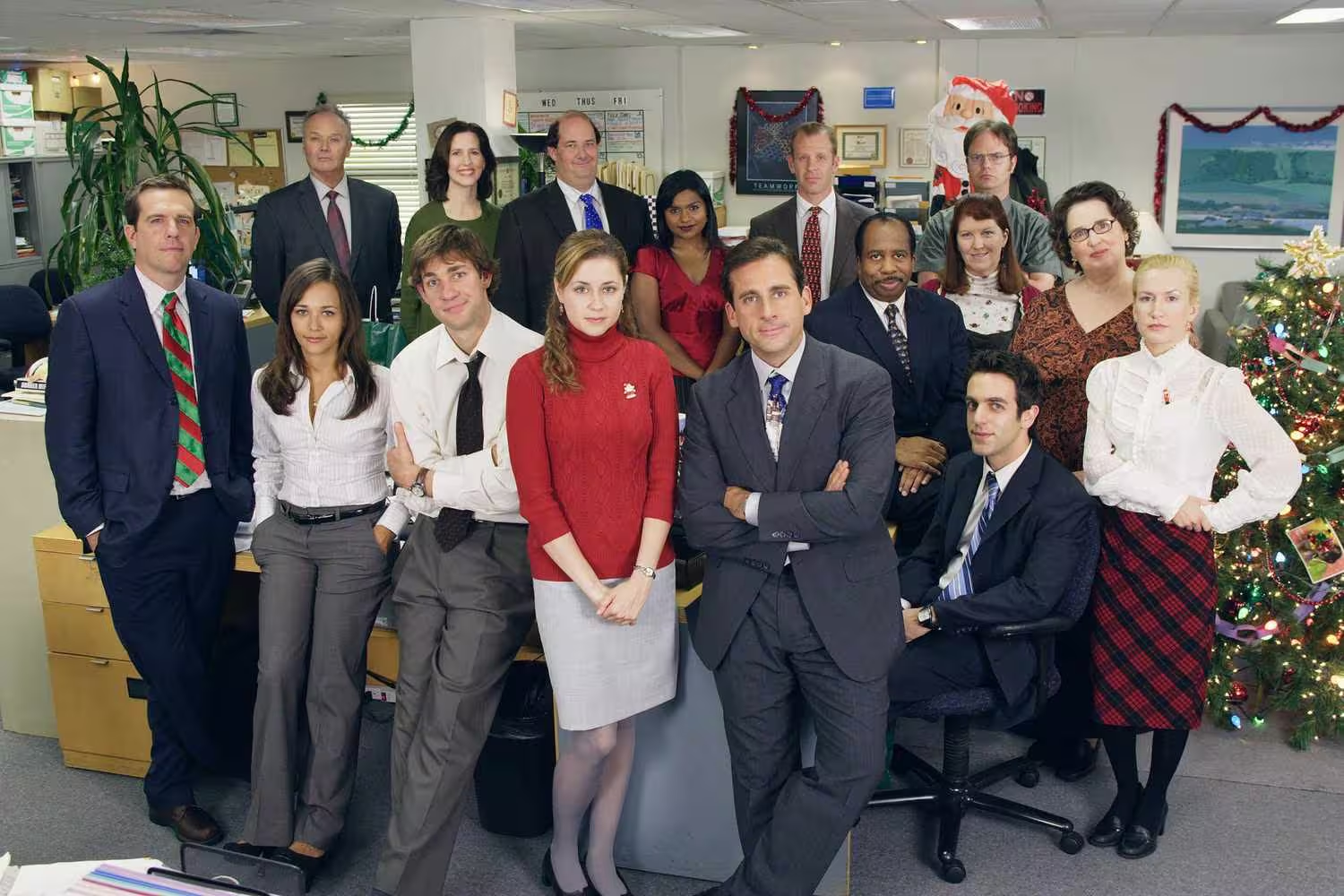
Parks and Recreation — Finding Leslie Knope’s heart
First-season pitfalls
On first broadcast, Parks and Recreation looked like a close relative of The Office: mockumentary format, eccentric colleagues, cringe-comic beats. Critics accused it of being a copycat, and Amy Poehler’s Leslie Knope initially read as a Michael Scott riff.
Season two reinvention
By season two the writers reframed Leslie as an idealistic, relentless public servant instead of an oblivious boss. New additions — most notably Rob Lowe’s Chris Traeger and Adam Scott’s Ben Wyatt — broadened the comedic and emotional palette. The trajectory mirrored other workplace comedies that succeed when a central character stops echoing a predecessor and becomes original.
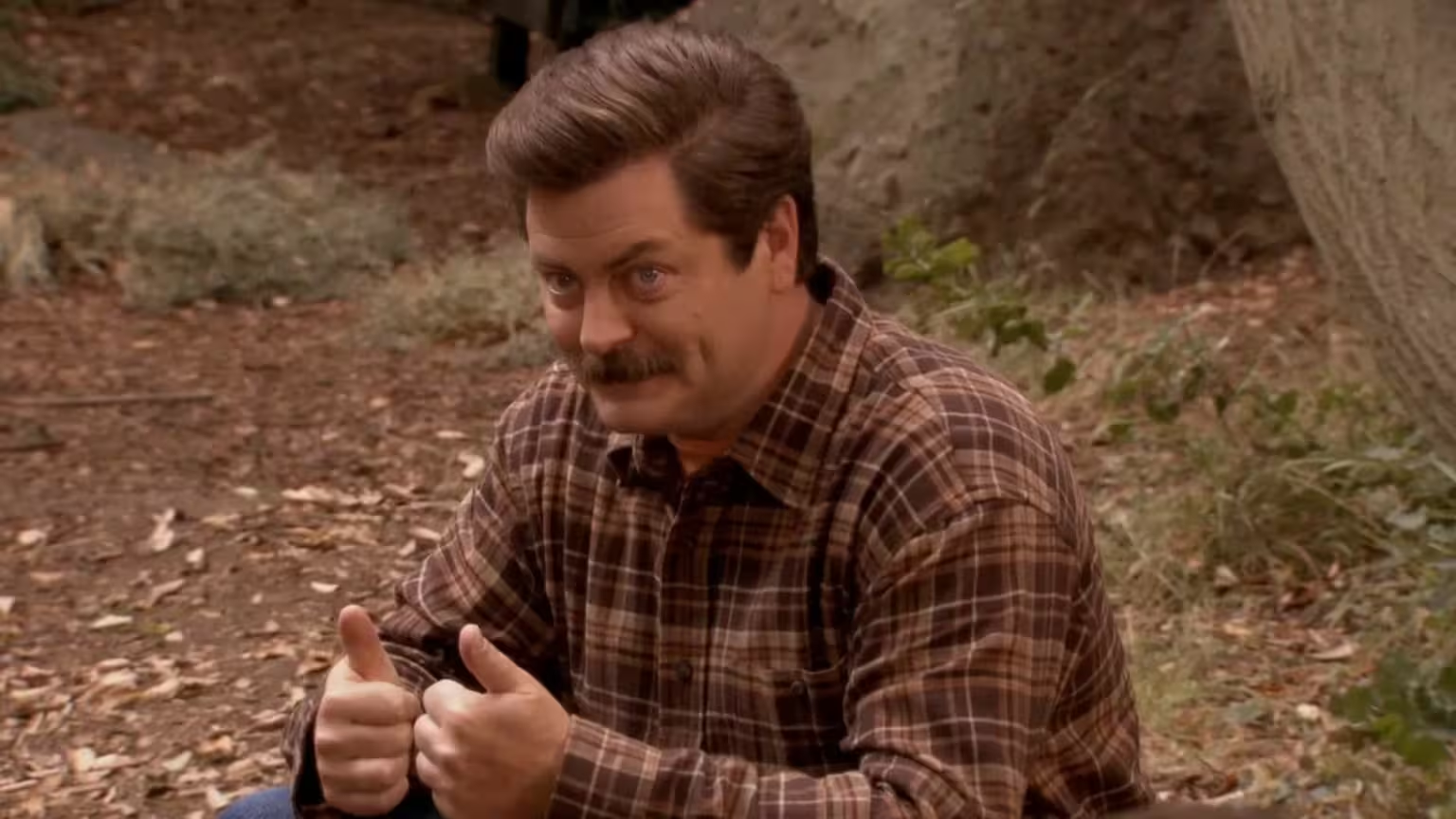
Seinfeld — Becoming the 'show about nothing' that wasn't nothing at all
A modest debut
When Seinfeld premiered, it was another sitcom in NBC’s stable. Early episodes were observational but conventional — the quartet had not yet fully evolved into the selfish, neurotic caricatures that would define the series.
Sharpening the voice
Over time Jerry Seinfeld and Larry David embraced darker, more absurd scenarios and allowed the characters’ selfishness to escalate. The show’s shift away from sitcom sentimentality toward a brashly amoral comedic logic created episodes that became cultural touchstones and redefined what a sitcom could be.
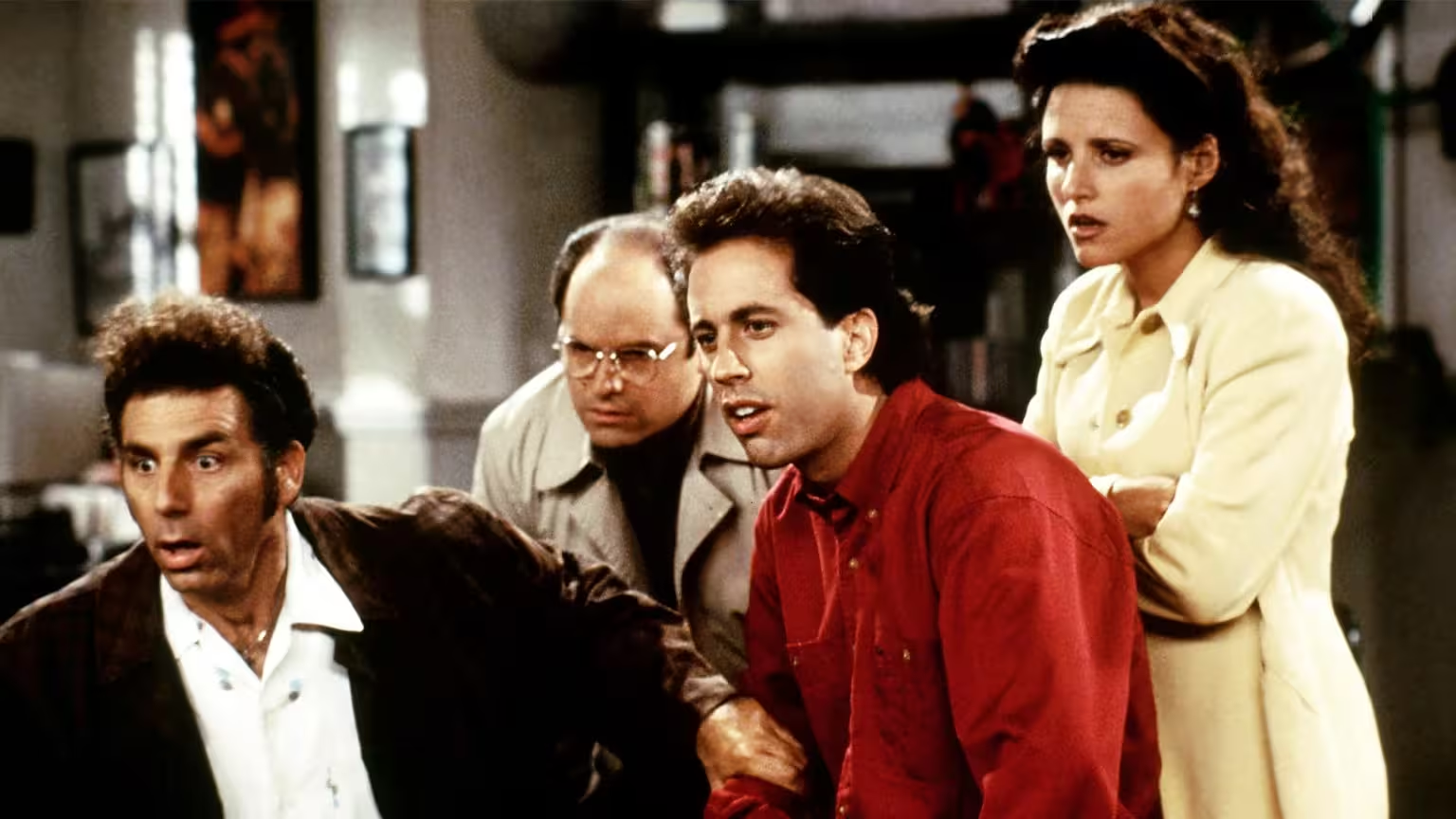
The Simpsons — From rough shorts to a sprawling cultural universe
Early limitations
Originating as shorts on The Tracey Ullman Show, The Simpsons’ first season suffered from rough animation, variable voice work, and narrower focus on Bart’s mischief. The series had not yet discovered the wide, satirical ecosystem of Springfield.
Expanding the world
Once writers broadened the show’s scope to include the town’s ensemble — characters like Mr. Burns, Principal Skinner, and Apu — the series' satire sharpened. Production values improved too, and what had been a quirky animated family became one of the most influential forces in TV comedy and pop culture.
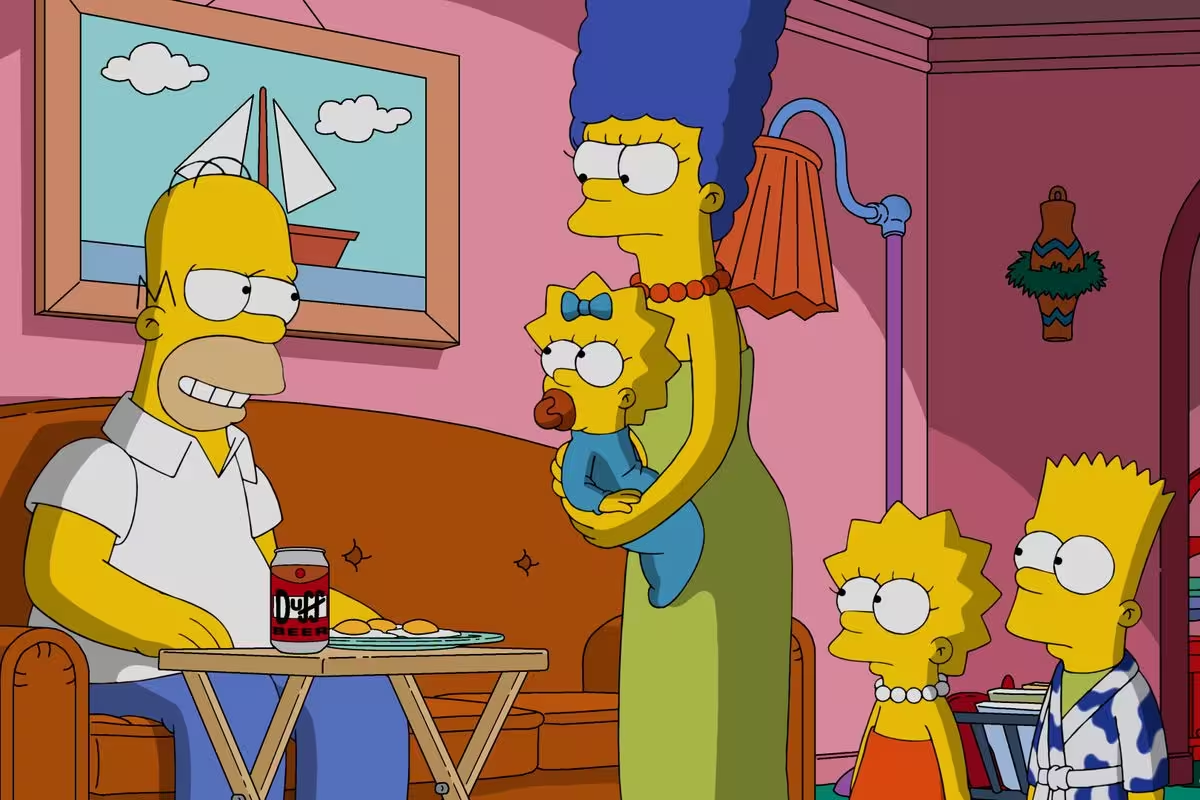
Star Trek: The Next Generation — Polishing the future
Philosophical constraints in season one
Early Next Generation episodes reflected creator Gene Roddenberry’s optimistic vision of a conflict-free future, which made for talky, low-stakes drama. Viewers expecting dynamic interpersonal conflict or high-stakes sci-fi felt underwhelmed.
Creative recalibration
When the show’s leadership eased Roddenberry’s strict parameters, writers introduced sharper interpersonal tension and serialized character arcs. The Enterprise crew became more human — and more watchable. TNG’s arc illustrates how sci-fi benefits from a balance between philosophical ideas and relatable conflict, a lesson followed by later Trek shows.

It’s Always Sunny in Philadelphia — Dark comedy finds its edge
The missing ingredient
The inaugural season of It’s Always Sunny lacks the chaotic certainty that defined later seasons: Danny DeVito hadn’t yet joined the cast. The first episodes felt rawer and narrower in scope.
Turning up the darkness
After DeVito’s arrival and continued moral escalation from the main cast, the show committed to characters who get worse over time. That deliberate unlikability became the program’s most daring asset, aligning it with other provocative comedies like South Park and Arrested Development, while carving out its own niche.
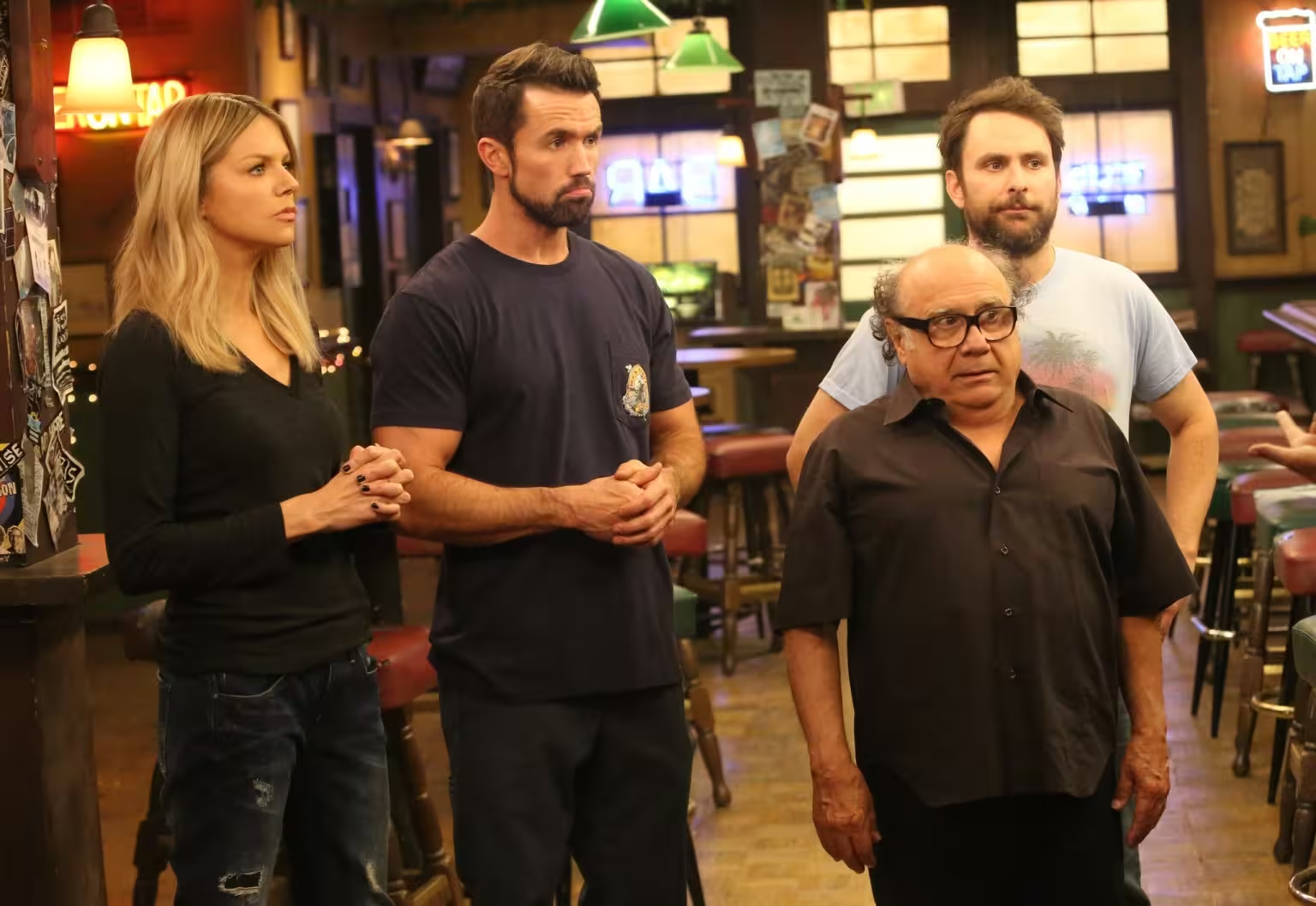
Behind the scenes: what networks and writers learned
These turnaround stories reveal patterns: network patience, a flexible showrunner, and willingness to retool — whether by refining a lead character, expanding the ensemble, or loosening creative constraints — are essential. Industry trends show that franchises and remakes especially benefit from early pruning; audiences reward authenticity and distinct voice more than slavish replication.
Expert insight: "Second seasons are where risk becomes reputation," says cinema historian Elena Márquez. "Shows that survive early criticism usually share one thing: creators who listen and evolve. The evolution from imitation to identity is the decisive creative leap."
Final thoughts: why early stumbles can be promising
Many legendary shows prove that a slow start doesn’t predict long-term failure. Season one often serves as a test-bed: a place to discover what works, what doesn’t, and which characters deserve more space. For fans and creators alike, the most rewarding series are those that grow — sometimes clumsily — into their best selves. If you’re exploring TV history, these six examples offer a hopeful lesson: patience, iteration, and bold creative choices can turn a shaky debut into a lasting cultural phenomenon.
Source: thoughtcatalog

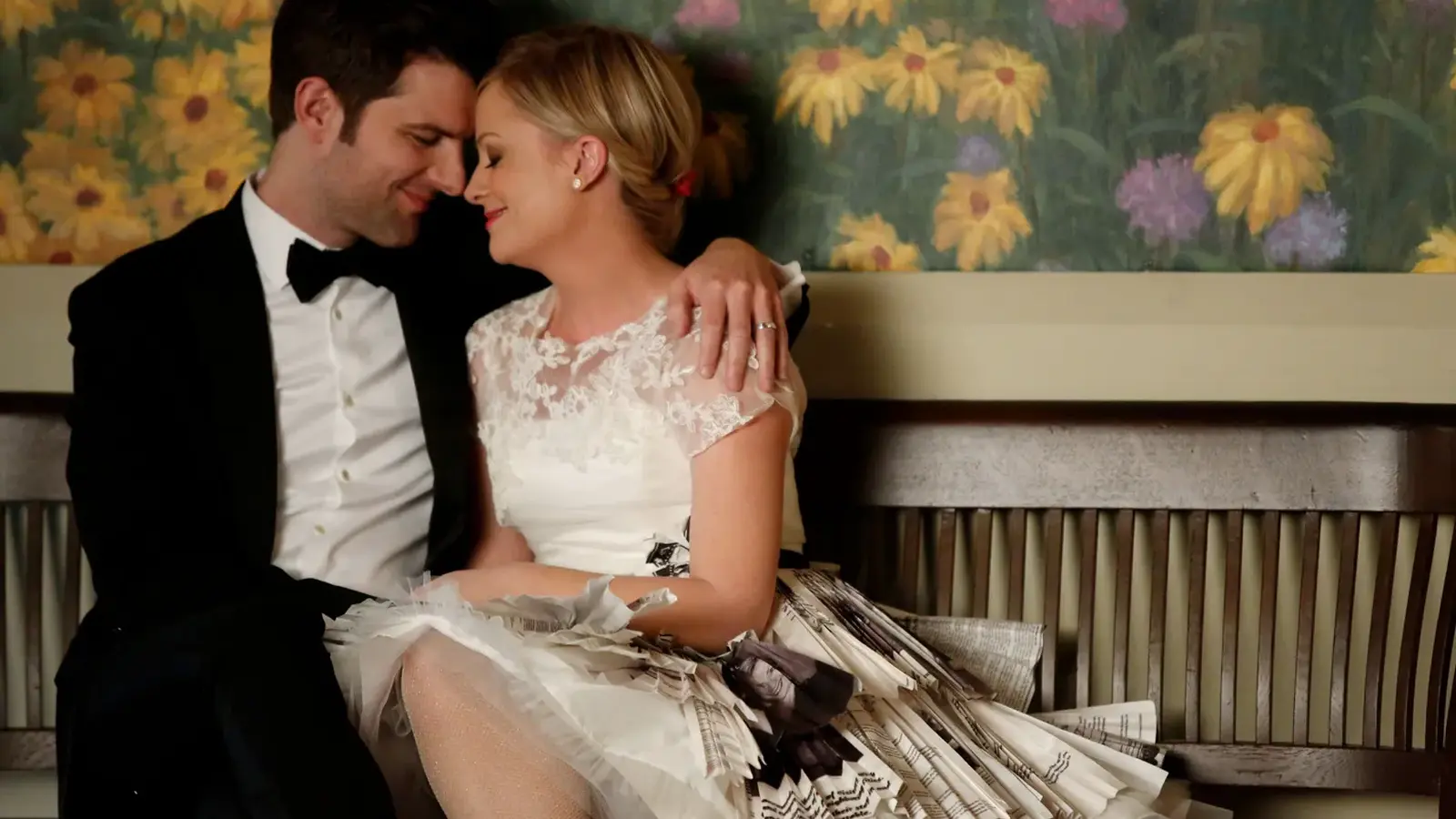
Leave a Comment